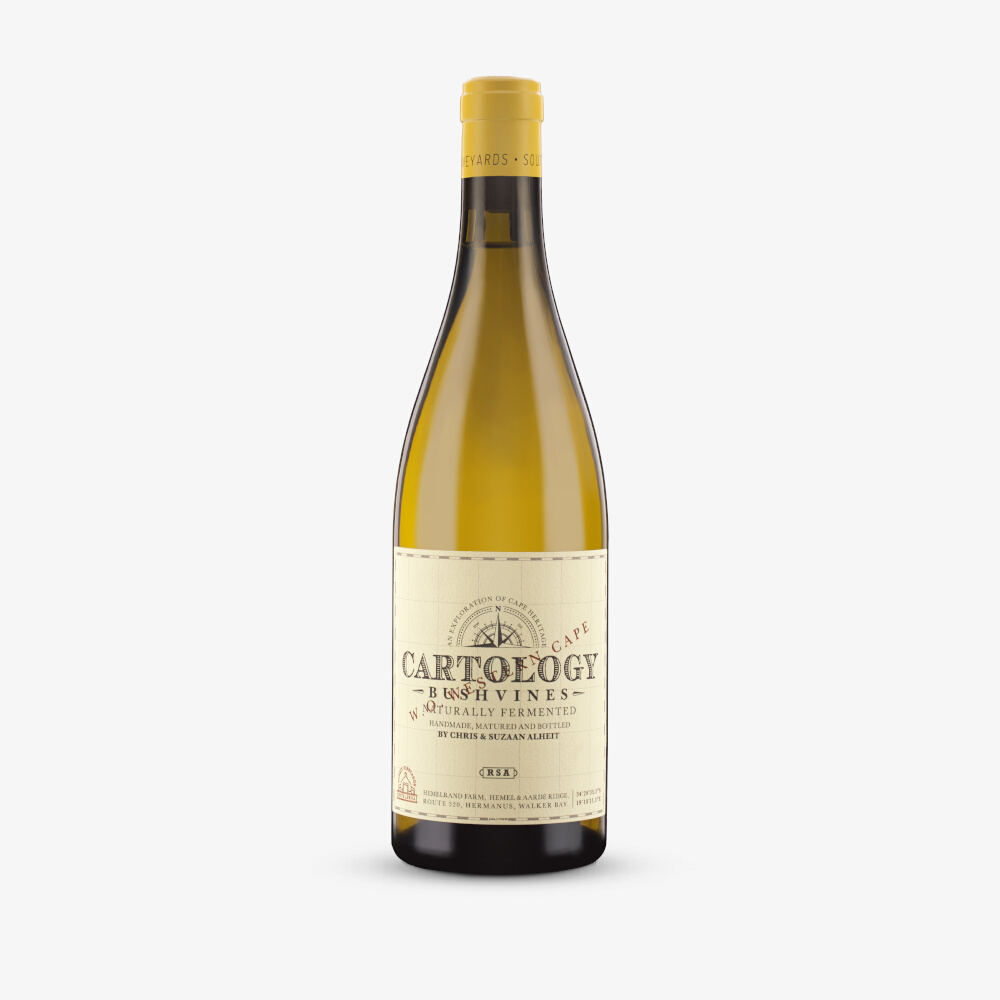South Africa
South Africa is somewhere between a “new world” an “old world” country, for despite a winemaking legacy that originated in Constantia in the late 1600s, what is considered now as the birth of the modern era began in 1994 at the end of apartheid and the country’s re-emergence at an international level.
Well-established wine estates such as Kanonkop, Meerlust, Vergelegen, Rustenberg, Boschendal, Hamilton Russell, Klein Constantia, Rust en Vrede and others were reinvigorated and set the tone for the new, outward looking wine industry, building more established, consistent brands that became reasonably successful. Unfortunately, that did little to stem the tide of the newly tradeable, poor-quality bulk wine from virus-ridden vineyards that was still to mark South Africa’s card for at least the next decade. Ultimately, the political and economic freedoms of the new South Africa would not herald the rebirth of a truly great wine industry for a few years yet. For in the post-apartheid decade, it’s fair to say that priorities, naturally, laid more in building improved legal and political infrastructures, curbing entrenched racial and economic inequality, and refining the country’s reputation on the world stage; issues that endure to this day and that no other serious wine producing country needs to face up to in quite the same way.
Add to that a domestic population that prefers beer and hard spirits to wine, and a poor economic base worsened by endemic alcohol abuse, and it is hardly surprising that the reinvention of the South African fine wine scene has been a little bumpy. However, it does make the rise of what is now known as the “New Wave” movement over the past ten years all the more impressive. The momentum behind this relatively small group of producers, led first by Eben Sadie and later joined by Adi Badenhorst, David & Nadia, Mullineux, Alheit Vineyards, Duncan Savage, Restless River et al, is tantamount to a winemaking revolution more magnificent than anywhere else in the world. In their drive to elevate quality and put their country’s best wines on the map (with the UK at the heart of that success), the influence of this merry band has rippled far and wide, to such an extent that major South African brands, despite selling oceanic volumes of wine, have been through a period of introspection over the past five years, and to a certain extent, hung on the coat tails of the “New Wave” generation. The conviviality and collegiate spirit of the young “New Wave” producers is such that, despite having tiny volumes at their disposal, they are intentionally or otherwise pulling the entire South African wine industry up by the bootstraps.
In particular, the Swartland has been at the heart of this success, thanks in no small part to the preponderance of wonderful old bush vine Chenin grown on complex and varied soils that appear to have withstood testing drought conditions for generations. Syrah is also successful here, as are the famous Cape White Blends that have done so much to reinvent South Africa’s image abroad. Grenache is perhaps the most exciting opportunity for the Swartland, being well suited and adapted to hot dry climates. The David & Nadia project, run by an enviably successful young husband and wife team, produces some of the top wines of the Swartland, and is regarded amongst the most exciting in all of South Africa. Through a combination of attentive viticulture that works to nurture and restore old Swartland bush vines (being traditional, naturally lower yielding and more resilient to the heat), a “hands-off” approach to winemaking, and the confidence to eschew irrigation wherever possible, the David & Nadia wines above all speak to pristine, lifted fruit, tense yet silken textures, and an inimitable sense of place.
The more traditional winelands continue to refine style and produce some beautiful wines, particularly Sauvignon Blancs in cooler areas such as Constantia, Elgin and Hemel-en-Aarde. Stellenbosch and Franschoek continue to lead in terms Cabernet Sauvignon and Bordeaux-based blends, not to mention a cracking Syrah or two, while Pinot Noir and Chardonnay seem to have found their home in the stunningly beautiful Hemel-en-Aarde. The Afrikaans translation is “Heaven on Earth”, and it’s not hard to see why.
discover South Africa fine wine
Explore the diverse tapestry of our offerings, featuring an extensive list of esteemed winemaking regions, producers and renowned appellations.








